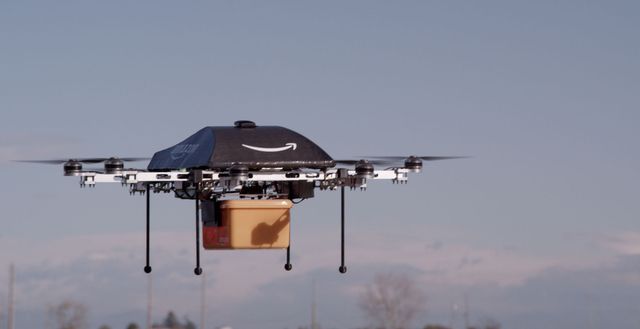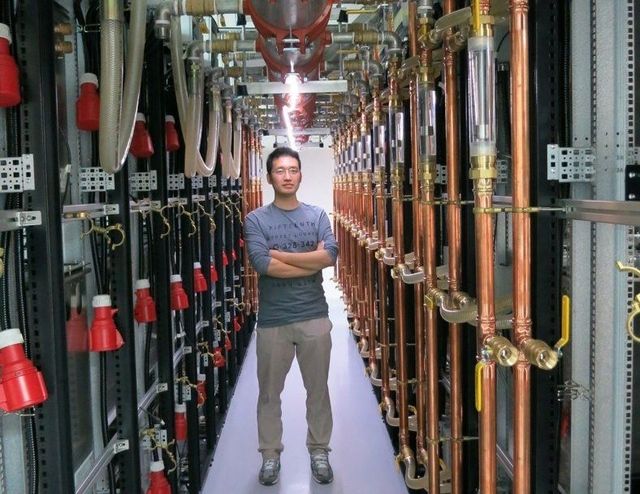Dec 5, 2013
Could Apple’s next products have Minority Report-like control?
Posted by Seb in categories: augmented reality, business, futurism, human trajectories, media & arts
We don’t usually write much about buyouts here at DVICE. Buyouts usually go something like this: big company pays a crap-ton of money for smaller company and then we never hear from the smaller company again. Whoopty doo.
But Apple’s latest buyout of PrimeSense for $360 million is worth some discussion because the company’s tech could become part of the building blocks for the living room of the future. That, or we could be looking at some serious Minority Report-type tablets or Macs.
PrimeSense was the company behind the 3D depth camera tech in the original Kinect (Microsoft has since moved on with its own in-house tech for the Xbox One’s Kinect). Microsoft talked the big talk in 2010, and the hacks were a nice distraction, but ultimately, Kinect’s primitive technology only managed to make us look like silly fools dancing around to Dance Central in front of our TVs.
















